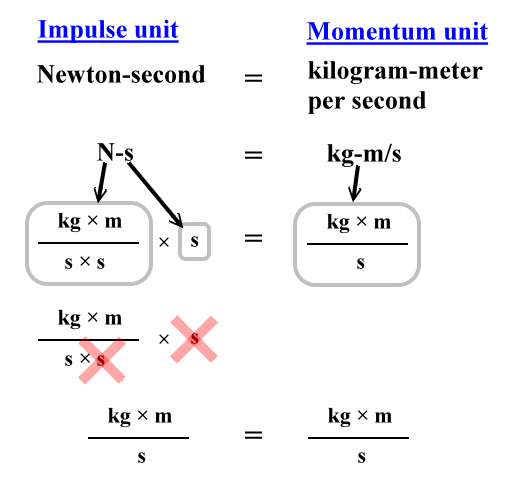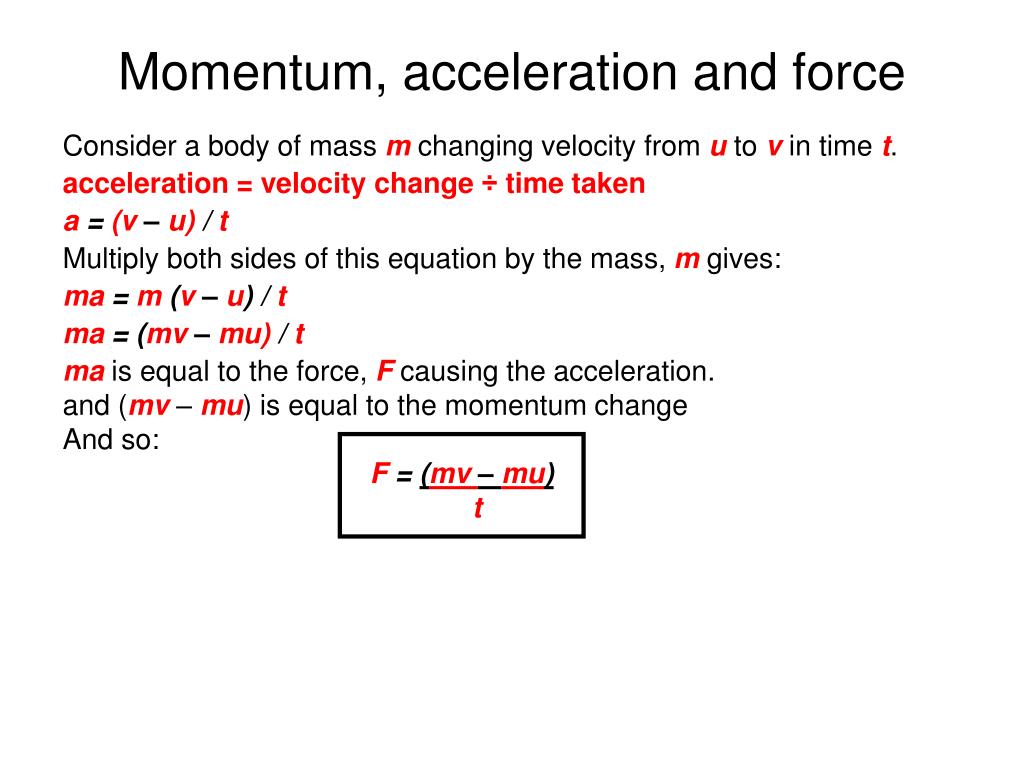


The load-velocity relationship assumes that the movement velocity is the maximum possible for the given load.

mass) increases, the maximal velocity that such load achieves decreases. A similar load-velocity relationship is also demonstrated in isoinertial, in vivo exercise with maximal voluntary acceleration (Cronin et al., 2003). The F-V relationship assumes that at a given velocity, the muscles are generating the maximum force possible. The force that the muscles can produce decreases at a given pre-determined velocity (computer-controlled in vivo isokinetic/isovelocity modalities) as that velocity increases. This relationship has been examined in vitro, in situ, and in vivo. Essentially, the F-V relationship is a hyperbolic curve constructed from the results of numerous experiments describing the dependence of force on the velocity of movement (Hill, 1953). The force-generating capability of the neuromuscular system under maximal voluntary or involuntary activation is dependent on movement velocity, as illustrated through the force-velocity (F-V) relationship (Fitts and Widrick, 1996 Gülch, 1994). Specific training studies will not be reviewed in detail as they are primarily interested in physiological effects (for such a review see Greer, 2005), but we hope that this mechanical review will lay the groundwork for productive evaluation of resistance training over the load and velocity spectrum. We will also provide a case example where the mechanical properties of a common resistance training exercise will be shown. It is the purpose of this paper to correctly describe the mechanical aspects of such training, as these programs have been used in several empirical studies (Greer, 2005). For instance, protocols such as this have been confusingly called “low force ”(Hutchins, 2001) while at the same time touted as having “more muscle tension ”(Wescott et al., 2001), “more muscle force ”and “less momentum ”(Wescott, 1999). isokinetic, in vitro or in situ studies). The arguments for prescribing such training programs often use terminology that is not soundly based in classical physics, or is derived from other resistance training/testing modalities uncommon to that of question (i.e. Much of the support for such programs exists only in lay media (Brzycki, 1995 Hutchins, 2001 Wescott, 1999), with little empirical evidence (Greer, 2005). Training programs have been developed that aim to regulate repetition speed, specifically recommending purposefully slow actions (~10s for the concentric and ~4-10s for eccentric portions).

It is unlikely that a single program or method will be effective in realizing all of the possible benefits of resistance training equally. Such outcomes include increased muscular endurance, muscle size, increased muscle strength, increased muscle power, and decreased relative body fat.
#CALCULATION AVERAGE IMPULSIVE FORCE FREE#
Load, number of sets, number of repetitions per set, number of exercises, mode (machine or free weight), repetition speed, rest period length, exercise order, training frequency, and the specific exercises selected can all be manipulated to promote a precise desired outcome. Several variables can be manipulated in resistance training programs to bring about a specific desired result (Wernbom et al., 2007). What are not simple, however, are the ultimate physiological and morphological effects of resistance training. Because the effect of the earth's gravity is universally present on earth, the physics of resistance training with a constant load (isoinertial) are relatively simple. Performing exercise under any type of resistance is broadly defined as resistance training (Newton, 1999). The data and explanation herein point to superior forces produced by the neuromuscular system via traditional speed training indicating a superior modality for inducing neuromuscular adaptation. However, TUT was greatly increased in the PS condition, with values fourfold greater than maximal acceleration repetitions. Normal speed back squats produced both greater peak and mean propulsive forces than PS action when measured across all loads. An 85kg man performed both normal speed (3 sec eccentric action and maximal acceleration concentric action) and PS back squats over a several loads. A case study of normal versus PS back squats was also performed. While several papers have reviewed the effects of PS, none has yet explained such resistance training in the context of the impulse-momentum relationship. PS is recognized by ~10s concentric and ~4-10s eccentric actions. The purpose of this brief review is to explain the mechanical relationship between impulse and momentum when resistance exercise is performed in a purposefully slow manner (PS).


 0 kommentar(er)
0 kommentar(er)
